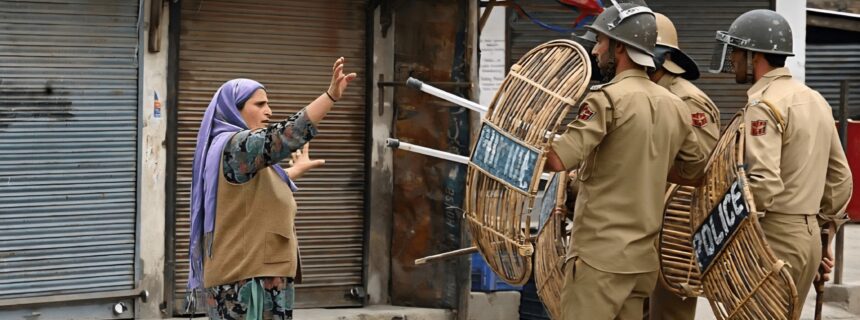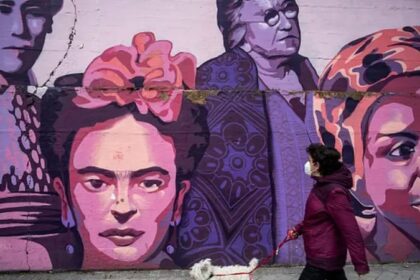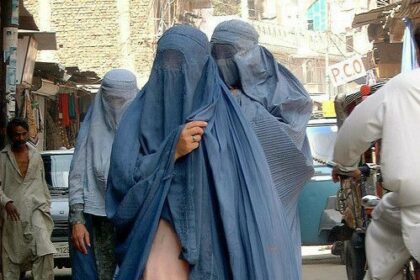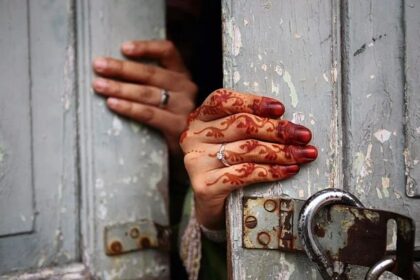Brutal realities of South Asian misogyny, injustice, and women’s silenced survival
Undoubtedly, being a woman in South Asia has its costs. Growing up in Bangladesh, I’ve persistently encountered the duplicate headlines over and over. To spare you the monotony, I quote only a few from the last fortnight. A July 6th headline reads, “Father arrested for allegedly killing 4 y/o daughter and dumping her body in a canal.” A July 5th headline reads, “Elder brother arrested for rape, younger brother arrested for mob assault of same woman and sharing video.” “24 raped in 9 days across country” on July 3rd, and on the very same day, “Wife saves husband’s life by donating kidney; he repays her by having an extramarital affair.” To read more would exhaust you. To live it exhausts us.Â
As a woman navigating life in South Asia, and a country such as Bangladesh, where misogyny persists like a religion and religious beliefs are weaponised to limit the freedom and expression of the feminine gender, we can’t “love” being a woman. Some scholars cherry-pick from the scriptures to dictate women’s attire while the masses blindly chant in response. Let me illustrate this with an example. On March 6th, 2025, the Dhaka court granted bail to Mostafa Asif, who was arrested in connection with the harassment of a female student on the Dhaka University (DU) campus. The bail was settled at a bond of Tk. 1000 — perhaps the price of a set of premium quality novels teenagers like to read or an outing of a family at a budget restaurant in Dhaka. The bail for harassment was settled after the Dhaka University student, who had filed a case after being harassed over her attire, applied to withdraw it. Speaking to Jamuna TV, a privately owned national television in Bangladesh, the complainant said she decided to seek withdrawal due to “death and rape threats”. When a woman looks into these instances, she not only loses faith in the justice system, but also silences herself and considers the weight of her complaints — her voice — to amount to nothing.Â
The bail of Tk. 1000 was the cost of the very dignity that women are urged to uphold in South Asian society. Take the instance of the Muradnagar rape victim who filed a case accusing several men of rape and assault at knifepoint, after they broke into her house. She withdrew her case after her husband remarked, “Your honour is already gone. Even if you file a case, you won’t get it back.” It leaves you to question whether the loss of dignity is a concern if it can be set off by a bail of Tk. 1000. Â
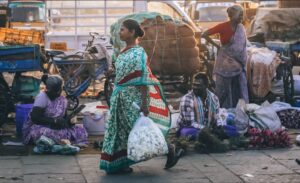
Harassment in any form — be it sexual misconduct, coercion, or violations of personal boundaries — disrupts the very boundaries that individuals are taught to protect, eroding their right to an undisturbed identity. Everyone deserves to exist without the weight of intrusion, insult, or degradation shaping who they become. When gender identities are at risk of incidents daily — incidents that make headlines — they face social pressures to conform to the conservative and age-old practices of veiling against their comfort. The very form of veiling that was more about the spiritual relationship and the individual shares with their God turns into a defense strategy against predators and harassers. Along these lines, the personal identities of women fail to flourish. The ones whose voices were made to chirp like birds, the ones who explore their comfort in the wardrobe they choose for themselves, the ones who express opinions without having gender-based slurs directed to them in social platforms — they all retreat under a veil, under silence, under unmet glances and limit themselves entirely from what they truly aspire to be.Â
For years, I’ve encountered these headlines. I’ve cowered. Unlike South Asian movies, especially Indian cinema, where justice is served to a woman after their body appears in a cameo scarred like rotten skin, the reality is distant. The R.G. Kar Medical College rape case in Kolkata, where the 31-year-old female postgraduate trainee doctor, whose postmortem autopsy revealed that around “150 mg” of semen was found in the vaginal swab, is such an instance. Â
The prime—and only—accused was Sanjay Roy, a former civic volunteer with Kolkata Police. On January 20th, 2025, he was sentenced to life imprisonment without parole, fined â‚ą50,000, and the state was ordered to pay â‚ą17 lakh as compensation to the victim’s family. The prosecution had sought the death penalty, but the judge ruled that it did not fall under the “rarest of rare” category. As a victim who had her genital area attributed to “perverted sexuality” and “genital torture”, she didn’t pass the “rarest of rare” category, leaving you to imagine what the most dire victims are subjected to.Â
There’s one and only one prevention of rape. It’s not capital punishment; it’s education. It’s the changing of mindsets and the stigmatising of culprits rather than victims. It’s up to men to uphold the dignity of women whom they believe to be precious. Nathaniel Hawthorne had his arrows precisely targeted when he said, “Let men tremble to win the hand of woman, unless they win along with it the utmost passion of her heart!”Â






